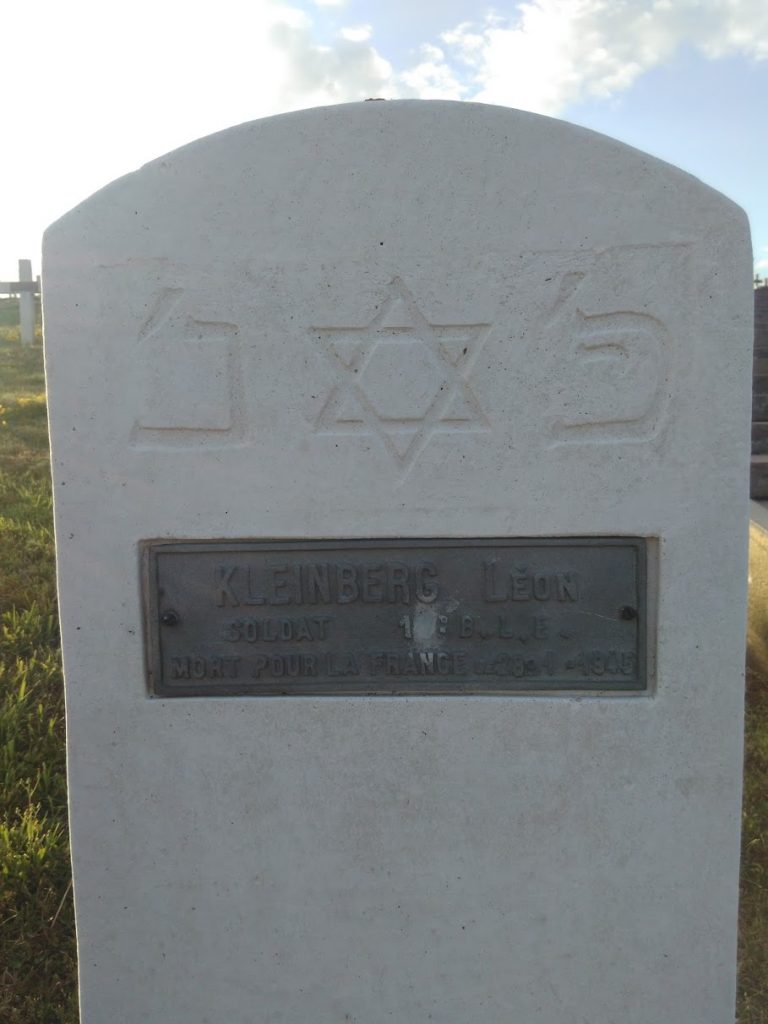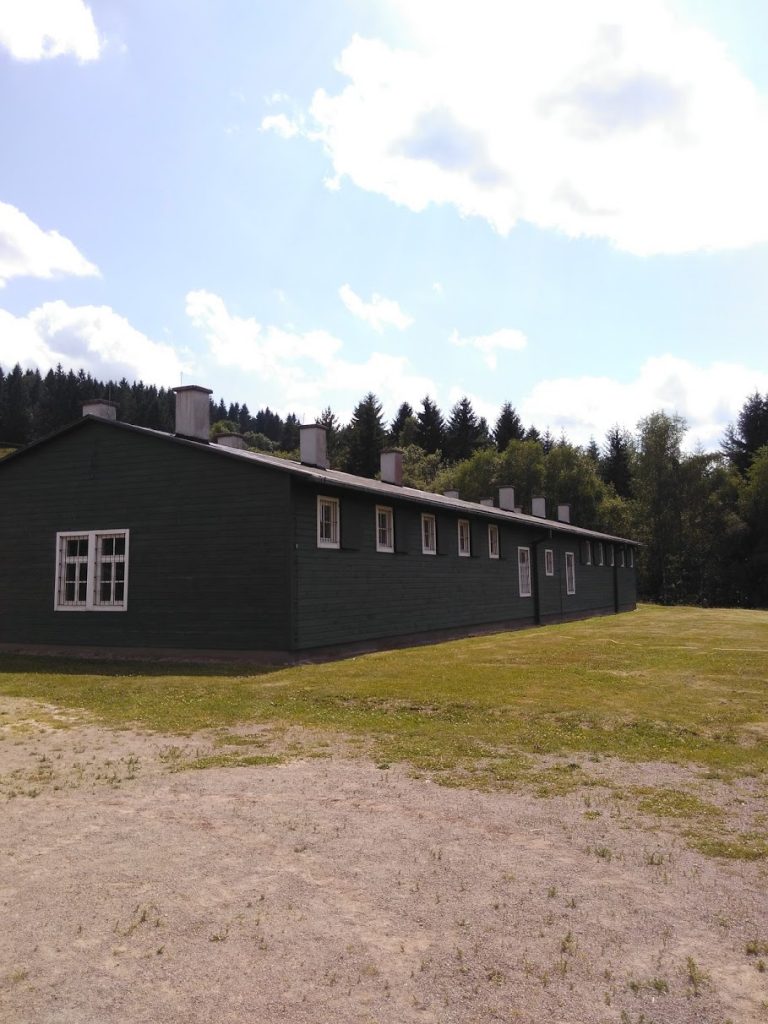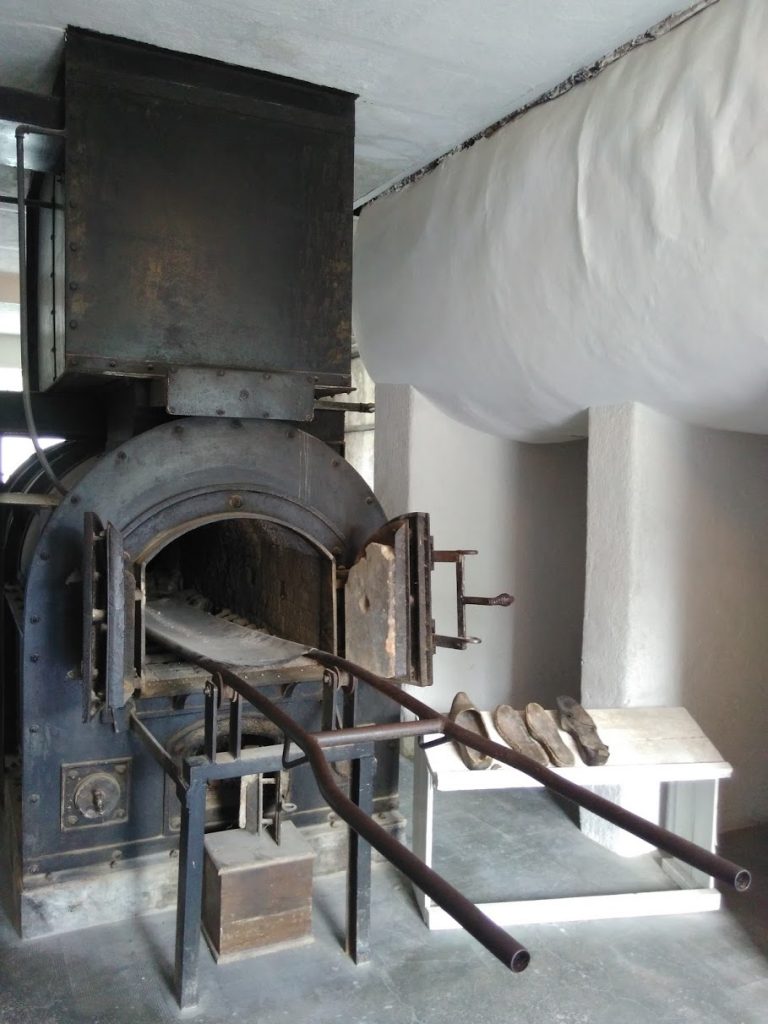So imagine for a moment that in the space of two weeks you learn that your kid has a potentially life-threatening (but otherwise probably benign) tumor in her heart, and then you travel out of town to get it removed via open-heart surgery, and then you come home after and basically you’re done.* In two weeks.
That’s crazy. Far too crazy to be eligible for fiction, what with no foreshadowing, no crises, and a shocking denouement in which you get home and have to forbid your kid to clean her room, until you finally break down after a couple hours and let her clean her room.
Also it can’t be fiction because everyone was fine. A little edgy, sure, definitely some adrenaline happened. Garden-variety hospital snafus happened (ex: The Night of the Beeping Monitors). There was sunburn during the lead-up to the climax, and also my sister sitting alone on the beach nobly guarding my phone, which was actually with me in the beach parking lot talking to the insurance people. But mostly everything was fine.
Truth: While we were busy with our dramatic medical incident, many friends were enduring much worse suffering. That is, if by “worse” you mean people-actually-died ‘n stuff.
Since there can therefore be no riveting memoir, here’s my how-to quick guide on How to Throw a Successful Medical Crisis in Just Two Weeks!
1. Try to recruit about a thousand people to pray for you. If you do this, then your most anxiety-prone child of the bunch can be the one who needs to have her sternum cracked and her heart sliced open, and it’ll be fine. By “a thousand” what I mean is: The actual, literal number 1,000. That’s my ballpark estimate of how many seriously praying people were on this job. Do that. You want these people. What they do matters.
2. Happen to invite the exact right relatives to come stay with you. Try to get them to arrive for vacation the day before you go in to receive the shocking diagnosis. Whom to invite? The ones who keep the house clean, provide competent medical advice, have a couple cousins of just the right ages and personalities to provide 24/7 emotional support for the kids, and who are restless enough to keep everyone busy with activities so you don’t have much time to sit around dreading things.
2a. Dessert. The children insist you want to invite the relatives who firmly believe in running out to the store to buy three boxes of brownie mix, because there weren’t any brownies in the house. I say if you do the dishes, vacuum, and wash the sheets before you leave . . . you make all the brownies you want, I can be healthy again after you go home.
3. Go to the beach. Oh, you just want to sit around googling statistics about rare surgical procedures? That’s why you arranged for your sister to show up: Because she is going to take you to the beach, and once you’ve viewed one excision of a right ventricular mass you’ve viewed them all. Go to the beach. Your kid is gonna have a very boring and painful summer once surgery happens. For goodness sake go to the beach.

4. Comparative Advantage for the win. So you are going to ask all your friends with relevant experience for their advice, and then you will take it. One of the things you’ll learn is that there are different types of work for different people at different times.
- The aunt who is perfectly capable of watching your healthy kids is the person who needs the power of attorney so she can do her thing and not need to call you at just the wrong time.
- The ICU nurse who has gotten your kid stable post-op, and she is not tired, and she is one-on-one with your kid, is the person who should stay up all night after surgery watching your kid while you go to the hotel and get as much sleep as you can.
- The spouse who does better on disrupted sleep should take night shift in the step-down unit.
- The spouse who does better at asking hard questions and won’t be intimidated by the platoon of physicians descending on your room during rounds should do day shift.
- The people who cook astonishingly good food available at local restaurants should feed you during shift change.

5. A sane parent is a priceless treasure. There is no substitute for a parent who is willing to do whatever it takes to support a child in a medical crisis. Thus more sides to the shape of parental-sanity:
(A) If you don’t take care of yourself, you won’t be able to do the whatever it takes when the need arises.
(B) Whatever it takes includes doing some hard things, but not all the hard things. If you don’t have to be there doing a thing, go do something that makes you better able to do the things only you can do.
So yeah: I totally made a teenager deliver me my good cruiser so I could go on a bike ride when it was my turn to get out and get some fresh air. Yes, the spouse and I got out for couple-time during shift change, so we could see daylight, talk to each other without interruptions, eat something good and be ready to go back in for more.

6. You can just be real about the situation. Back to that whole 1,000-person prayer team: Yes, the SuperHusband and I, and everyone else, were worried and scared. Left to my own devices, not only could I worry about this child’s impending doom, I could also conjure up scenarios in which other children met tragic fates while we were all distracted by the one having the official crisis. Drowning? Fatal car accident? Nobody’s safe! Ever!
Nobody is ever safe. Our kid came through surgery just fine, and other people were receiving bad news. Our days were getting better and better while other people’s lives were getting worse and worse. It’s a fallen world. You don’t have to pick a single All-Purpose Mood that somehow perfectly matches the gravity of the situation, because the truth is that the situation is complicated, and some really good things are happening and so are some bad things. So just whatever. Don’t feel beholden to the Feelings Police.
7. Eternity is for real. The thought of my kid dying is unbearable. Also: It could happen on my watch. Indeed, the expected death rate for my children is 100%, so unless we all die in the same train wreck, some of us get to be bereaved.
This is awful. Believing in God doesn’t take away the intense grief that comes with losing someone you love.
But here’s what it does do: It means you aren’t hanging all your faith on doctors. You can be sensible and do practical things to try to ensure the best odds possible on your kid’s survival, but the weight of Everything Forever And Ever Amen doesn’t hang on your shoulders, and it doesn’t hang on the doctors’ shoulders. When you know that God has everything under control, you don’t have to be in a non-stop panic, frantically trying to save your kid from eternal nothingness.
You ask God to spare you the suffering, and hopefully He spares you the suffering. But you also know that the separation of death is temporary, and no matter how bad things get in this life, no matter how black your grief, no matter how much your life sinks into the abyss of loss if the worst should happen, it isn’t the end of the story.
And then if your kid’s not dead and actually she’s recovering pretty well, you can leave her to the spouse who has day shift and get out for fresh air and sanity.


*It’s not done until Pathology says it’s done . . . but we’re not going there right now.
























